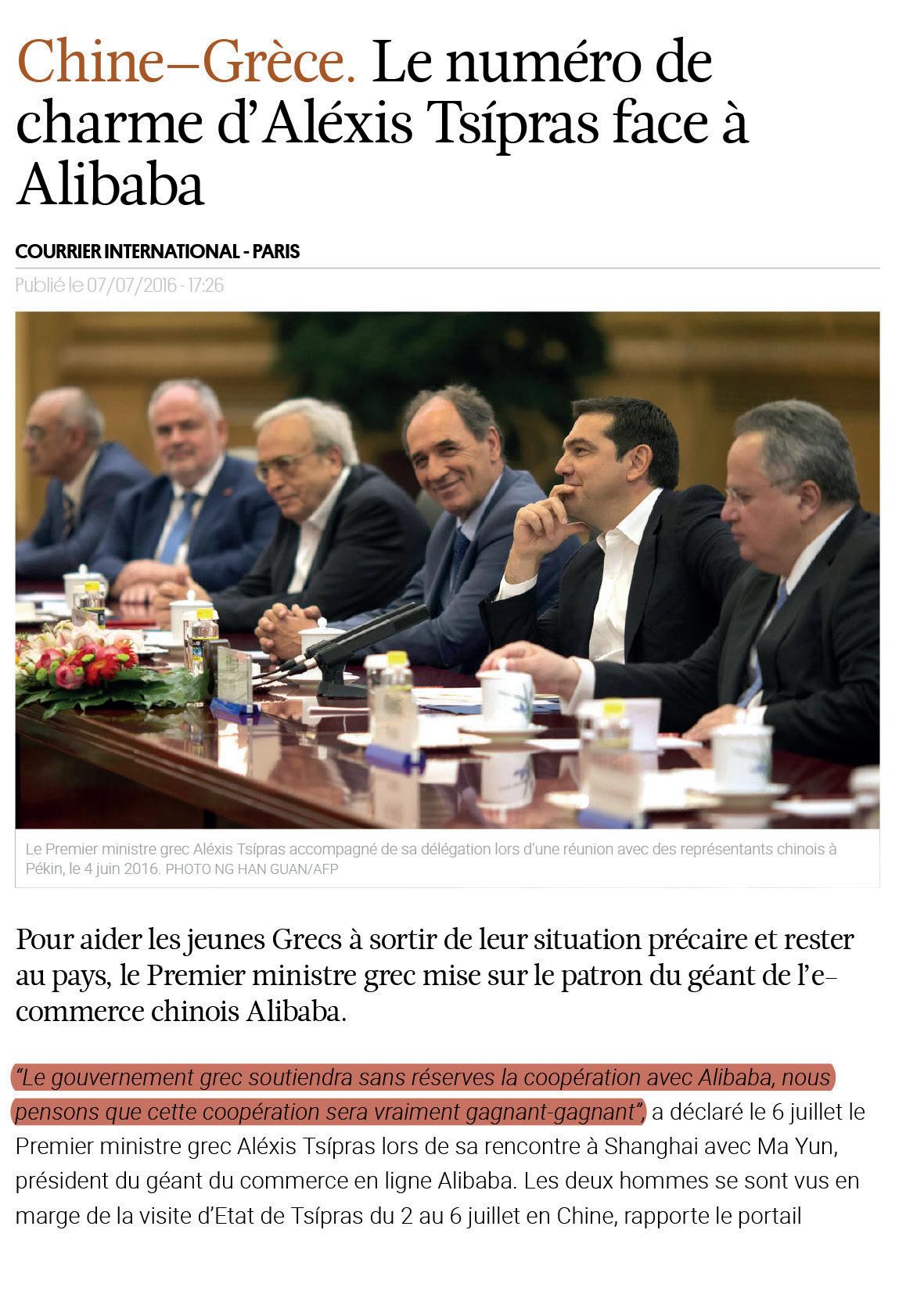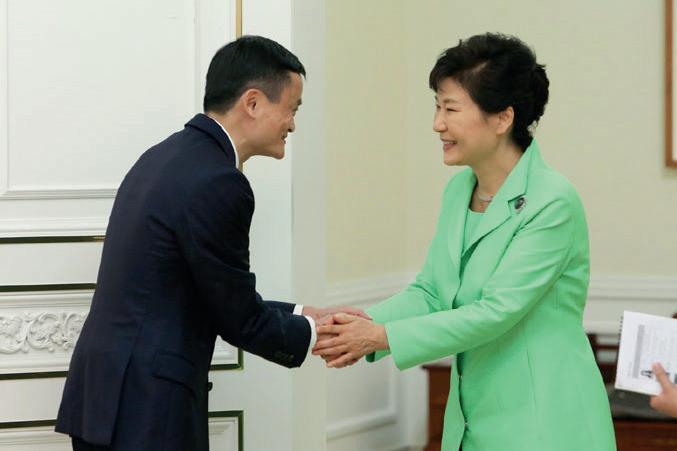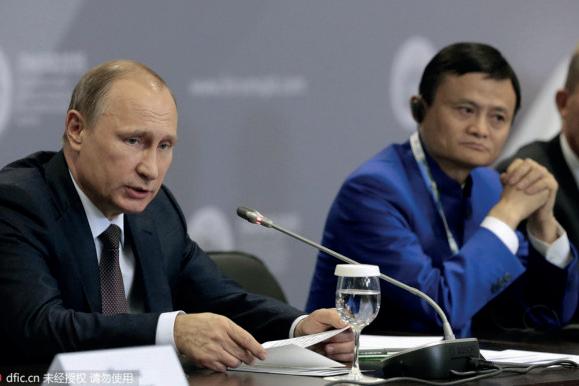
10 minute read
De-atomizing the news Maxime Benvenuto
2465 WORDS BY MAXIME BENVENUTO
View of the research installation in the Van Abbe Museum.
Advertisement
Starting with one news article, a single thread, a whole web of international relations and economic dependencies can be traced through a multitude of news updates and photo opportunities. The spider in this web is called Jack Ma, the liberal self-made CEO of Alibaba, popular in East and West. The Chinese government has a strong hold on private companies and the agenda of Alibaba is probably in line with the policies of the Chinese Communist Party. Can ‘design thinking’ help to map and better understand this political play?
Throughout the past decades, it became clear that the institutions of journalism have failed to react to the digital revolution. They did not change their way of operating, nor foresaw what the soaring of the internet meant for their practice. Throughout this short article, I will elaborate on design research as a practice that has the potential to engage with and within the journalistic practice and to prototype innovative ways to approach the making and disseminating of news items. To do so, I will use a design research project that I worked on between 2017 and 2018, The political atlas of Alibaba, an inquiry into the Chinese internet giant and its political ties. In 2017, I was approached by Martina Muzi, curator and design researcher, to work on a research project to be exhibited in the Van Abbe Museum in Eindhoven as part of the exhibition GeoDesign: Alibaba. From here to your home. The pitch was to look at the legal corridors designed by Alibaba to develop its commerce on an international scale. Like in most projects, I did not know much about the subject before starting. I thus started to scan news articles to get a broad understanding of what I was dealing with. Among some of the articles, one appeared important to me. It was titled “Alexis Tsípras’ charm offensive on Alibaba” in the French newspaper Courrier International. The article was elaborating on

how Greek Prime Minister Alexis Tsípras did all he could to convince Jack Ma, CEO of Alibaba, to develop a new logistic centre in Greece. This article changed my naive perception of the relations between the company and foreign governments, and made shockingly evident how much power Ma is holding. I thus set to look into the meetings that occurred between Ma and political leaders around the world.
It may be a good moment to give a bit of background information about Jack Ma. Ma is a very famous and popular figure in China. He is perceived as the father of the Chinese e-commerce (or so he built a narrative around this mythology). As one of the internet magnates, he is very close to President Xi Jinping and he is involved in a certain number of governmental projects. Yet, this has not always been the case. Ma used to be an English teacher. He didn’t have anything to do with tech companies, nor commerce in any way. But during one of his travels abroad, he discovered the internet. He narrates his first experience as follows: “When I typed in China, it didn’t show any result. At that moment, I knew there was something to be done for my country.”
As he came back, he set out to build China’s internet and with it its first e-commerce company, making China available to the world. This led him from a company in a small apartment (for lack of garage) to the empire it has become today. Once again, this is how the story is told. But one should be conscious about the aspect of the liberal self-made man that is the core of this narrative. As a matter of fact, Jack Ma is a very popular Chinese businessman abroad, and especially in the West. His story surely has a lot to do with it.
Now, to get back to the research. After gathering some background knowledge, I started scouring the internet for news articles, country by country, over a period of five years, to see with which government officials Ma had publicly met. To my surprise, after several months of research, there were sixty governmental top officials (Presidents, Prime Ministers, Emperors, Kings/Queens, Chancellors...) that had been publicly involved with him. From Donald Trump to Benjamin Netanyahu, from Angela Merkel to Roberto Dutertes, and from Micky Sall to Theresa May, he had (publicly) met sixty high-ranking state officials within five years (not counting ‘regular ministers’). Along the way, I had gathered an archive of about three hundred articles that were documenting all of these meetings, in five different languages (English, French, Spanish, Dutch, and Italian), as well as a collection of about a hundred forty pictures as proofs of meetings.
Yet all these documents were forming a heterogeneous mass of data, small stories that were disconnected from each other, exploded across countless media around the globe, and which were meeting (probably for the first time) on my desks in my studio in Rotterdam. I, therefore, started a process of re-articulation of these narratives. Helped by my research assistant, we went through all the articles a second time trying to find the connecting dots by highlighting what topics were being discussed in these meetings (or at least which ones had been made public). The idea was to try to find back the strategy that one man (Ma) was acting upon – which had been atomized over the world in small bits of articles covering separate stories and events – by rearticulating and cross-referencing these bits.
I would like to make a short pause here to emphasize this very aspect. The atomizing of narratives is something that I find myself constantly exposed to as a newsreader. The pace at which a newspaper functions only allows to catch the immediate, fractions of daily events bogged down in a certain banality. It is up to the reader to develop an aptitude to reconstruct the kaleidoscopic portraiture of society that is being served to them every day. This role used to be played by investigative journalism. Yet, in recent years, with the media crisis, we have seen a decrease in this field due to budget cuts. All the meanwhile, we have seen a high increase in anecdotal noise and stories through the development of social media. The combination of both is leaving the newsreader with an ever-growing ‘chaotization’ of the informational discourse. This very fact created an opportunity for project-based design researchers such as me. But I will get back to this later.




To get back to the research, I was aiming at what I like to call de-atomizing the news items I had collected, in order to reconstruct the bigger narrative that had been fragmented over five years of articles. After a few weeks of processing, twenty-five topics emerged from the mass of data. From three hundred articles, we were now down to twenty-five topics. Some of these topics were obvious such as ‘promotion of entrepreneurship’, ‘support of SMEs’ (Small and Medium Enterprises [the bread and butter of Alibaba]), ‘support of women entrepreneurship’, ‘logistics and infrastructure’; while some others were less expected, such as ‘governmental consultancy’, ‘visa facilitation’, or ‘data & security’. But overall, these twenty-five themes started to appear as the small emerged part of the iceberg of Alibaba’s political agenda.
As mentioned earlier, Jack Ma, through his rise as China’s e-commerce leader, became very close to Xi Jinping. As such, Ma engaged in several governmental projects, ranging from consultancy, to the development of the internet infrastructures, or collaborating with the police by sharing data collected through the platforms of the Alibaba conglomerate. What I am trying to say here is that Ma has become a very strong asset in the game of Xi. The very liberal and western friendly narrative that Ma has developed makes him especially likable on the international stage. As such, Ma and the Alibaba conglomerate are strong diplomatic actors for China.
It is important here to mention that China is probably one of the few nations that remained in control of the private sector, whereas in western societies, private conglomerates now hold more hegemonies than governments do and dispose of massive powers to influence public policies and politics. As such, China uses its arsenal of companies to play on the private field of diplomacy. ‘Like any other countries’ one may say, to the difference that the agenda of Alibaba is aligned with the one of China. Therefore, the agenda that rises from the research can also be seen as the one from the Chinese government. Now, what is interesting here is that unlike a diplomatic visit of President Xi, Ma has the



possibility to actively influence the interior and exterior policies and politics of a given country through the promises of resolving unemployment problems by creating logistic centres or stimulating the economy by the implementation of local platforms for instance, which brings us back to Alexis Tsípras and his ‘charm offensive’ on Ma.
The twenty-five topics that arose from the research did not represent single instances (except for the one of culture discussed between Ma and President Park of South Korea) and really formed the publicly visible side of the company’s agenda, a worldwide agenda, with a universalist dimension. After mapping all the different topics and countries involved in each of them, I thus decided to materialize this agenda. I did so by drafting the Universal Declaration of Alibabians Rights and Duties based on the Universal Declaration of Human Rights from the United Nations. The strategy here was to re-use a very widely known format for its universal and trans-national extend and apply it to Alibaba, reflecting the way the company is acting. Each of the topics, therefore, became an article of the declaration, of which each definition has been extracted from the contents of the articles, bringing them all back into one format, into one narrative, into one symbol.
The project resulted in an installation in the museum which combined the archive of articles and pictures, the atlas of topics, and the declaration. Together, they were not forming the traditional narrative that a newspaper would publish. Most likely, a newspaper would have difficulties finding ways to coherently publish this content. Yet, the spatial dimension of the installation triggered the visitors and they easily dived into the depth of the project, creating connections between the different levels of documenting, mapping, and translating. As a design researcher, this project was extremely interesting as it allowed me to make an experiment in a safe space. Yet, I believe that it has proven that design can be relevant to journalism in finding alternative ways to do the very thing of (investigative) journalism. Now, I don’t consider myself to have any journalistic skills, but if such approaches were to be developed in collaboration between designers and journalists, I am convinced that we may find new approaches to make investigative journalism in ways that would be actual, relevant, and interesting to people. I strongly believe that we need to create more connections between these two fields as they have a lot to gain from each other: one is a key element of democratic life yet still struggling through a crisis; the other is looking for ways to engage with society and create meaning. It seems to me to be more than an obvious match. References
Bougon F. (2017). Dans la tête de Xi Jinping. Solin/Actes Sud. Moreau Defarges P. (2017). Nouvelles relations internationales. Seuil. Servaes J. (2013). The many faces of (soft) power in China, democracy and the Internet. Telematics and Informatics, 30(4), 322-330. Erisman P. (2015). Alibaba’s wold. New York, NY: MacMillan. Erisman P. (2012). Crocodile in the Yangtze [Documentary]. Taluswood Films. Le numéro de charme d’Aléxis Tsípras face à Jack Ma. Courrier International. Retrieved from https://www.courrierinternational.com/ article/chine-grece-le-numero-de-charme-dalexis-tsipras-face-alibaba Buckley C., Perlez J. (2015). By Buying Hong Kong Paper, Alibaba Seeks to Polish China’s Image. New York Times. Retrieved from https://www. nytimes.com/2015/12/14/world/asia/alibaba-south-china-morning-posthong-kong.html Alibaba apporte ses données sur un plateau à la police. Duanchuanmei (Hong Kong) via Courrier International. Retrieved from https://www. courrierinternational.com/article/chine-alibaba-apporte-ses-donnees-surun-plateau-la-police Le président Chinois en visite à Séoul. Joongang Ilbo (South Korea) via Courrier International. Retrieved from https://www.courrierinternational. com/une/2014/07/03/le-president-chinois-en-visite-a-seoul Cinéma, les nouveaux nababs rouge. Courrier International. Retrieved from https://www.courrierinternational.com/article/2014/11/12/cinema-lesnouveaux-nababs-rougesnouveaux-nababs-rouges “A collective mindset”: What a Chinese tech giant wants foreign hires to understand about China. Quartz. Retrieved from https://qz.com/ work/1161361/what-alibaba-wants-its-foreign-employees-to-understandabout-china/
Maxime Benvenuto is a designer whose research focuses on the intersection of politics, design and journalism. He is currently conducting research with Free Press Unlimited into the freedom of movement of journalists.








